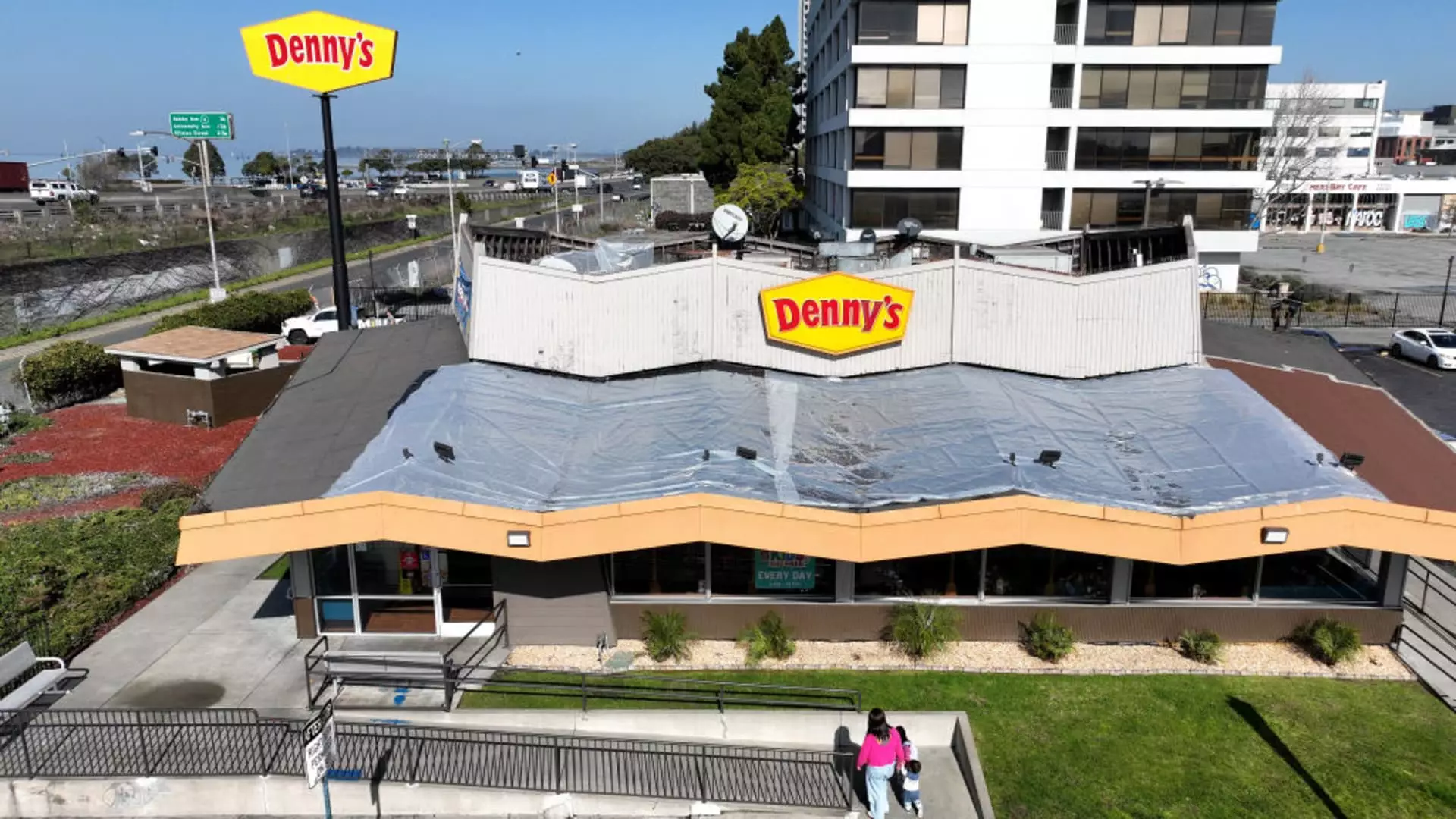The restaurant industry in the United States faced substantial challenges in 2024, ultimately resulting in widespread closures and an uptick in bankruptcies. Amidst inflation-driven consumer hesitance and a notable decline in restaurant patronage, chains across the country undertook rigorous measures to adapt to the shifting economic landscape. This article explores the overall state of the restaurant sector, highlighting the key players who have been forced to reevaluate their operational strategies in light of dwindling sales and consumer expectations.
Inflation significantly impacted consumer spending habits in 2024, leading many individuals to prioritize value over indulgence when dining out. According to insights from Black Box Intelligence, U.S. restaurant traffic fell across the board in the first ten months of the year, driven by a collective shift towards budget-friendly options. As diners sought more economical alternatives, many casual dining establishments experienced a stark decrease in customer visits, resembling the tumultuous environment witnessed during the Great Recession years.
In light of these circumstances, several restaurant chains that once thrived found themselves out of favor. The rapid rise of fast-casual dining brands with their emphasis on convenient, quality offerings further compounded the woes of traditional casual dining establishments. Consumers increasingly gravitated towards the likes of Chipotle and Sweetgreen, favoring their fresh menu options and quick service, creating a significant competitive challenge for long-established chains.
Consequences: Closures and Bankruptcies
The year 2024 witnessed a dramatic spike in bankruptcies within the restaurant industry, with 26 companies filing for Chapter 11 protection—nearly three times the filings recorded during the pandemic’s peak in 2020. The extensive scrutiny placed on performance metrics resulted in numerous chains announcing widespread closures of underperforming locations. For instance, Wendy’s declared the impending closure of 140 outlets by year-end, following a prior wave of 80 closures earlier in the year. These decisions stemmed from a desire to concentrate on more lucrative assets, as executives recognized that many of the identified restaurants were generating significantly lower annual revenues than their contemporaries.
Applebee’s, owned by Dine Brands, faced an equally challenging year, announcing plans to shutter 25 to 35 U.S. locations. This was compounded by a declining trend in same-store sales, which had suffered for six consecutive quarters. Such persistent drops in revenue necessitated a reevaluation of the brand’s long-term viability, leading to an urgent call for operational reform.
Many casual dining brands, which previously dominated the industry, found themselves enduring profound struggles. Denny’s, known for its round-the-clock service, closed approximately 50 locations in 2024 alone, with plans for further cuts in the future. The reasoning behind these closures stemmed from the recognition that lesser-performing outlets were dragging down overall sales. This strategic pruning was hoped to revitalize the remaining locations, as Denny’s aims to open between 45 and 50 new restaurants annually moving forward.
TGI Fridays, another veteran in the casual dining space, filed for bankruptcy protection in November 2024. Prior to this, the chain shut down 86 locations as part of its reorganization efforts. Its future remains uncertain, as a court determination may further affect its footprint, obligating the brand to make even more difficult decisions.
While the prevailing narrative paints a bleak picture for the restaurant industry, there are indications of potential recovery. Red Lobster, after permanently closing over 120 locations, is working towards rebuilding its brand reputation and operational strategy. The seafood chain’s exit from Chapter 11 bankruptcy served as a fresh start under new leadership, seeking to restore consumer confidence and stabilize its market presence.
Fast-casual chains like Noodles & Company are also undertaking strategic reviews of their operations, closing underperforming locations while refreshing their menus to better cater to current market trends. An overhaul of menu offerings and a deep dive into customer preferences are part of a broader effort to regain lost ground.
As the restaurant industry continues to face a turbulent landscape, the challenges in 2024 illustrate an imperative need for adaptation and innovation. Rising costs and changing consumer preferences have forced many once-stalwart brands to confront their shortcomings and reshape their business models. The road ahead may remain bumpy, but those that embrace change and focus on their core strengths may yet emerge stronger from this period of upheaval.

